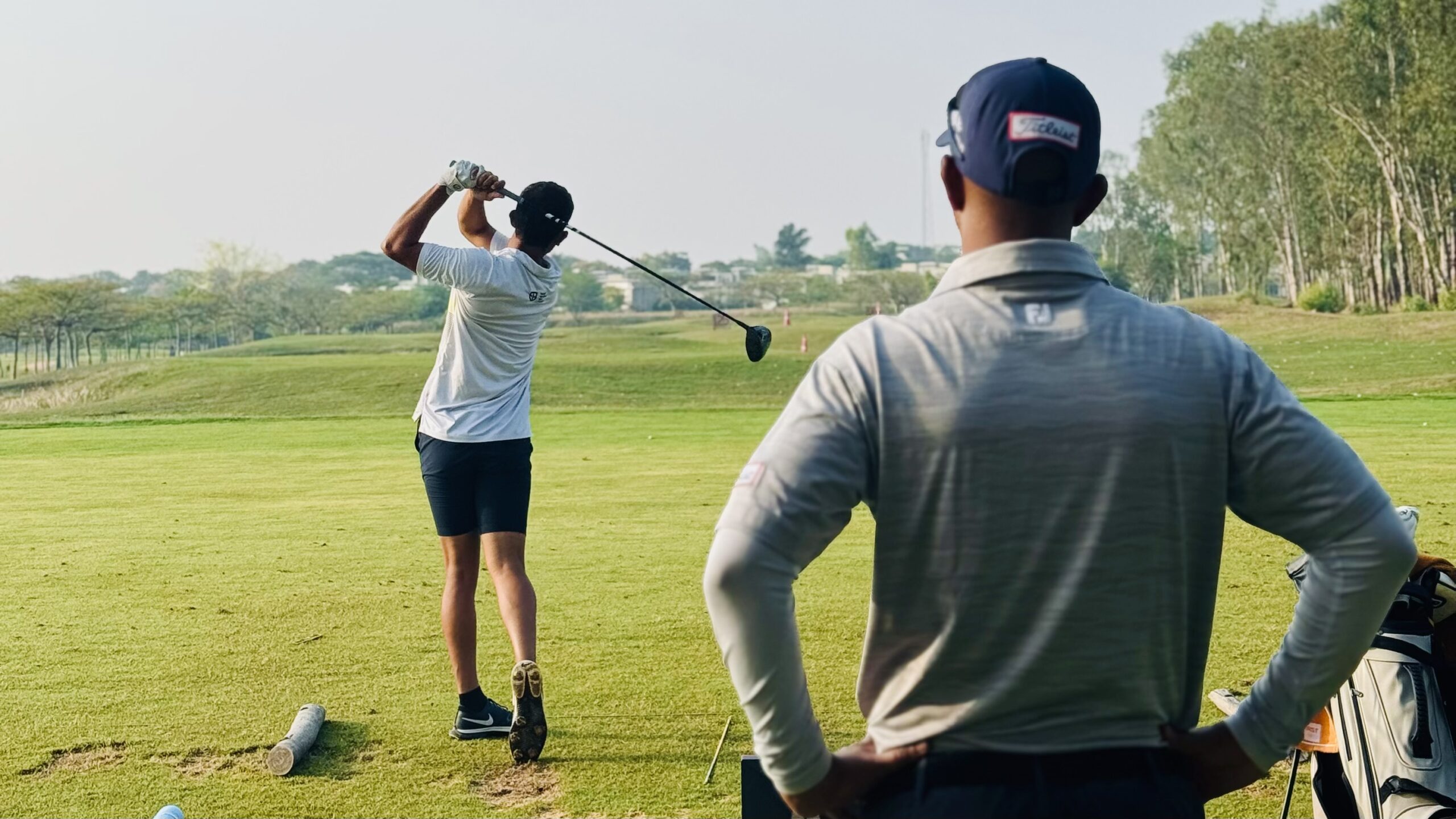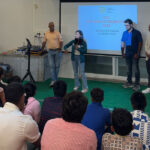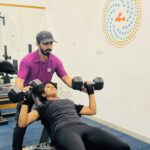Performance and preparation go hand in hand in competitive sport.f. To excel on the golf course, every golfer strives to work hard in their training, push themselves, and hone their skill in the best way possible. But knowing when to stop and how far to go is equally essential. Overtraining and overreaching are two concepts frequently misinterpreted in the sporting community. Although they both have to do with training intensity, they have somewhat different effects on a golfer’s performance.
What is Overtraining Syndrome?
When an athlete trains more than their body can handle, it’s overtraining. This is a common occurrence in athletes; almost all athletes deal with it eventually. For golfers, it could result from spending too much time at the gym, going on long range sessions, or practicing nonstop. A persistent decline in performance despite increased effort is the most significant warning sign of overtraining.
Let’s use a straightforward analogy: Consider it as compressing a spring, where you begin at a neutral position and work through challenging training sessions. The rebound is more substantial if you pause and allow your body to recover or release the spring. Super Compensation is the name of this recuperation process, which consistently raises performance levels.
This is the foundation of our training programs at Tarun Sardesai Golf (TSG). Through well-crafted programs, we ensure that our players reach their optimal load-bearing capability, particularly when the tournament season is approaching. For people who are above the age of 45, training at normal levels as their core objective is to focus on preserving their fitness. However, pushing the envelope with organized recuperation is crucial for young athletes who want to compete in tournaments.
Symptoms and Causes of Overtraining
Symptoms:
- Physical: Persistent fatigue, injuries, disrupted sleep, drop in performance
- Physiological: Mood swings, low motivation, loss of self-confidence
- Psychological: Elevated resting heart rate, hormonal changes
Common Causes:
- Inadequate rest between sessions
- High training volume with minimal variation
- Poor nutrition
- Emotional or life stress
- Monotonous routines
Preventing and Managing Overtraining
Overtraining is preventable with the right approach. Here’s how:
- Professional Advice: Regularly consulting with coaches and sports science specialists helps close performance disparities before they worsen.
- Pay Attention to Your Body: Your body tells you when you’re tired; pay attention and avoid scheduling peak days every day.
- Smart Recovery: To help the body recover more quickly, track patterns and schedule “reload” days.
- A well-balanced diet: is essential for a full recovery. Give your body the nourishment it needs.
- Holistic Training Program: For a sustainable program, include practice, gym work, sleep, food, and leisure.
What is Overreaching in Golf?
A temporary increase in training volume and intensity is known as overreaching. Although it causes momentary exhaustion, it is frequently carried out with a specific performance objective in mind. Overreaching, particularly during off-seasons, is typically deliberate and premeditated, unlike overtraining.
We employ overreaching at TSG to strain the player’s system carefully. The entire objective behind doing so is to increase stress tolerance and resilience for enhanced performance during tournaments and competitions. When tournament time arrives, reloading and honing previously acquired skills become the main priorities.
There are two types of overreaching:
- Functional: Deliberate increase in load with a planned short recovery window.
- Non-functional: It refers to the unintentional overreaching which often occurs due to mismanagement in practice sessions. It can lead to more extended recovery needs.
Overtraining vs. Overreaching: The Key Differences
| Overtraining | Overreaching | |
| Duration | Long-term | Short-term |
| Symptoms | Chronic and severe | Mild and manageable |
| Performance | Declines significantly | Temporary dip |
Train Smart, Not Just Hard
It’s critical to distinguish between overtraining and overreaching in golf, where mental and physical balance are crucial. Training is about pushing boundaries, but it’s also about doing it strategically and wisely. Ensuring our players are intellectually and emotionally prepared to compete at their highest level is our goal at TSG.
Stay alert, golfers. Honor your body. Pay attention to the indicators. And keep in mind that real growth requires balance.
Have fun on the golf course!



